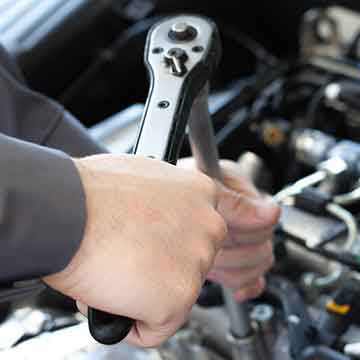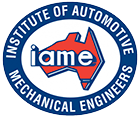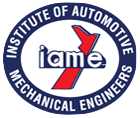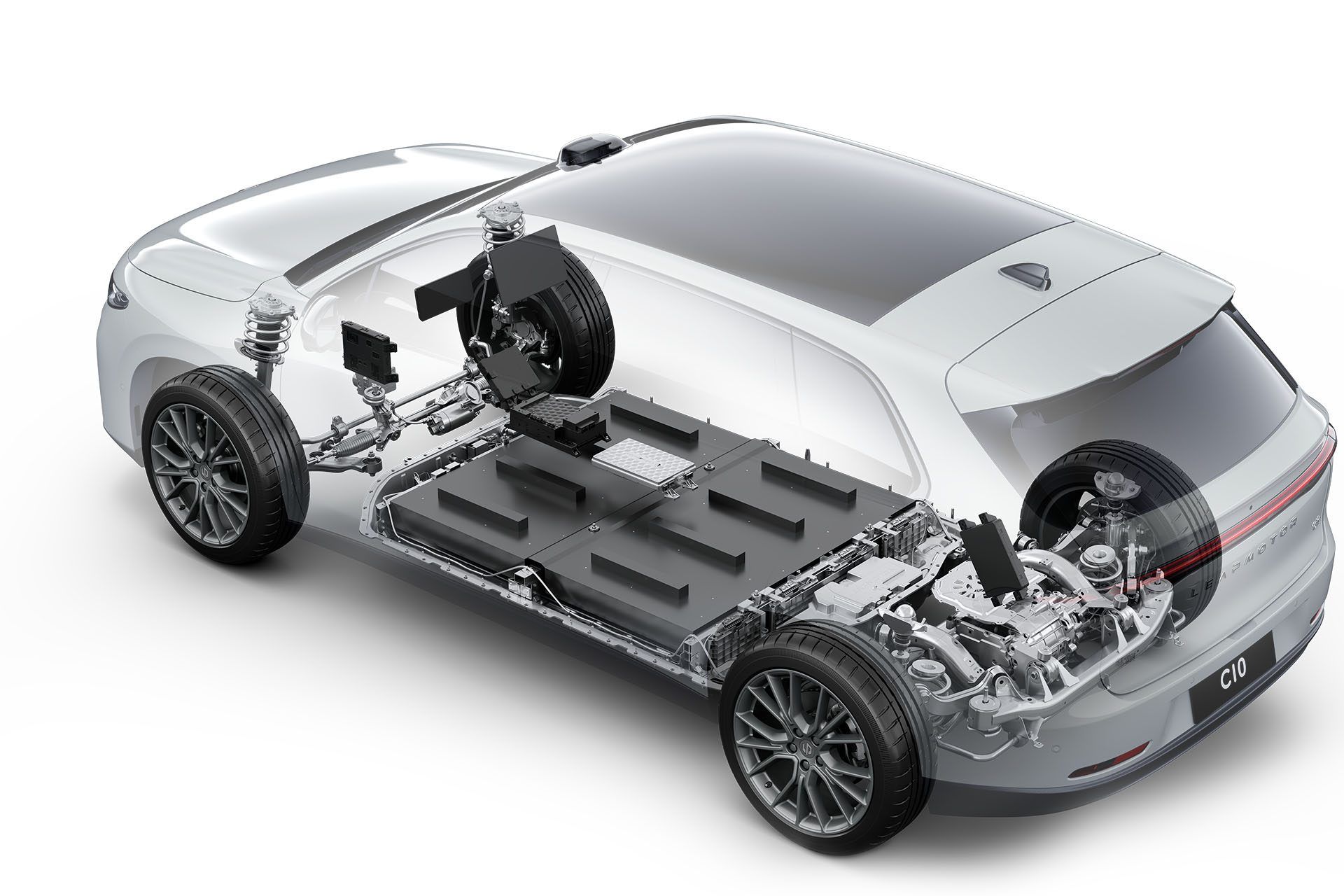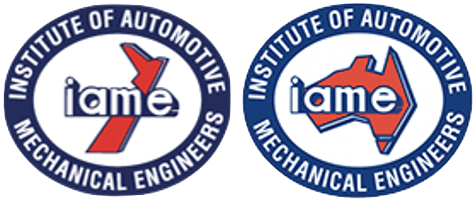This inflex of Electric Vehicles is from new and emerging brands, particularly from China. This surge in availability has doubled the number of EV models on the market over the past year, introducing a wide array of choices for consumers. Despite this increase in options and a noticeable drop in the average drive-away price of EVs, there is a surprising and concerning trend—sales of EVs are not meeting expectations.
Is Hydrogen a Viable Alternative?
While EVs have garnered significant attention, hydrogen fuel cell vehicles (FCEVs) present several advantages that could position them as a superior alternative in the long run.
Here’s why:
Faster Refueling Times.
One of the primary drawbacks of EVs is the time it takes to recharge their batteries. Despite advancements in fast-charging technology, EVs still require significantly more time to recharge compared to the refueling process of traditional gasoline vehicles. Hydrogen vehicles, on the other hand, can be refueled in a matter of minutes, similar to conventional petrol or diesel cars, making them more convenient for consumers.
Longer Driving Ranges.
Although the average range of EVs has improved, with some models now offering over 400 kilometers on a single charge, hydrogen vehicles typically offer longer driving ranges. This makes them particularly appealing for drivers who need to cover long distances without frequent stops for refueling.
Reduced Strain on the Power Grid.
The mass adoption of EVs poses a significant challenge to national power grids, which may struggle to handle the increased demand for electricity. Hydrogen vehicles, by contrast, can alleviate this strain as they do not rely on the electricity grid for their energy needs. This makes hydrogen a more sustainable option as the automotive industry scales.
Environmental Impact.
Both EVs and hydrogen vehicles offer zero tailpipe emissions, but the source of energy matters. Hydrogen can be produced from various resources, including natural gas, renewable energy, and even water. Green hydrogen, produced using renewable energy, presents an environmentally friendly option that can help reduce our reliance on fossil fuels without the battery disposal challenges associated with EVs.
Potential for Broader Applications.
Hydrogen is not limited to passenger vehicles; it has potential applications across various sectors, including heavy transport, shipping, and aviation. This versatility makes hydrogen an attractive energy solution for a wide range of industries, further supporting its development and adoption.
While the current surge in EV availability is noteworthy, the slower-than-expected sales raise questions about the long-term dominance of electric vehicles. As the automotive industry continues to evolve, it is crucial to explore and invest in alternative technologies like hydrogen that may offer more practical and sustainable solutions.
At the Institute of Automotive Engineers (IAME), we are committed to supporting innovation and exploring all viable options for the future of transportation. Hydrogen vehicles, with their numerous advantages, could play a critical role in shaping a more sustainable and efficient automotive landscape in Australia.
It is essential to remain open to new possibilities and technologies that can meet the diverse needs of consumers and contribute to a cleaner, greener future for all.


